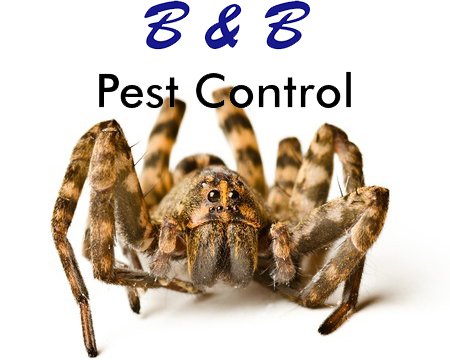Flattie spiders, also known as wall crab spiders, can do a pirouette that would make any prima ballerina would envy. While their turn is leg-driven, it is the fastest of any land animal and reach speeds on par with some of the master aerial spinners such as the hummingbird and fruit fly. The movement is so fast that when seen with the naked eye the action is so fast that it appears blurry to us humans. Scientists have been wondering how they reach such speeds since the spider was discovered, and a recent study finally provided some answers.
Flattie spiders aren’t the web building kind of spiders or the stalk and pounce type, but rather lightning fast ambushers that sit and wait for unsuspecting prey to cross their path. They are equipped with eight laterigrade or sideways-moving legs. Their legs are all positioned at different angles, allowing them to cover 360 degrees with their bodies. This attack stance is what helps the spider literally spin into action.
The recent study was conducted by researchers from the California Academy of Sciences and the University of California, Merced. They used slow-motion cameras to slow down their speedy movements and see exactly how these spiders are able to move so quickly when attacking prey, which involves said incredible spider pirouette mentioned above. After setting up these synchronized high-speed cameras at the best angles for catching the spider’s movements when attacking its prey, they simply released one poor cricket at a time and recorded the ballet-inspired killing technique.
What the researchers discovered actually does take a page from ballet dancing techniques. Similar to how a dancer positions him or herself for performing a pirouette, the spider first anchors the leg closest to their prey firmly to whatever it is standing on, which is what creates the leverage point and torque needed to perform this quick turn. Using this leg to push into a pirouette that will help it quickly turn around to face their surprised prey as well as give them the added force to allow the spider to lunge mouth-first out of the turn and straight at its prey. In another move that is also use in ballet for these turns, the spider also tucks in its remaining legs towards it’s body, which allows it to spin 40 percent faster. I’m starting to wonder whether humans learned ballet from spiders in the first place…
These flattie spiders can then strike at their prey at speeds of up to 3,000 degrees per second. At that speed by the time a human blinked just once while watching the spider, it would have already turned three full rotations. Yeah…let’s see if our human dancers could even come half as close. Sorry Baryshnikov, but even you can’t compete with that.
Have you ever seen an insect or spider moving in a manner that looks like dancing? What do you think they were doing?
Stay up to date with the latest information and deals!

